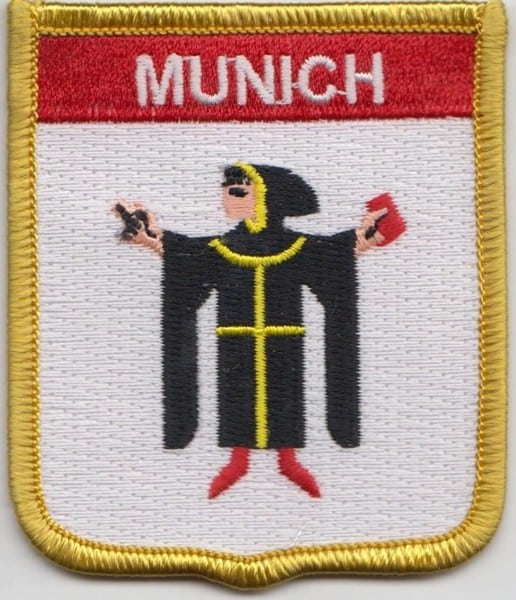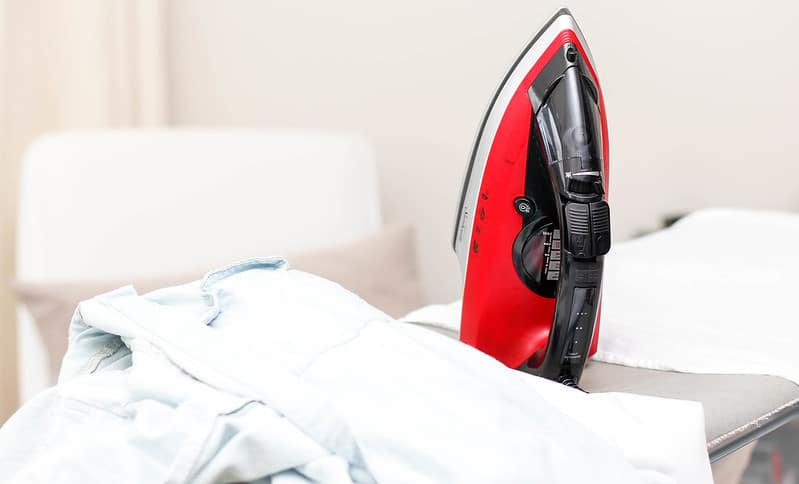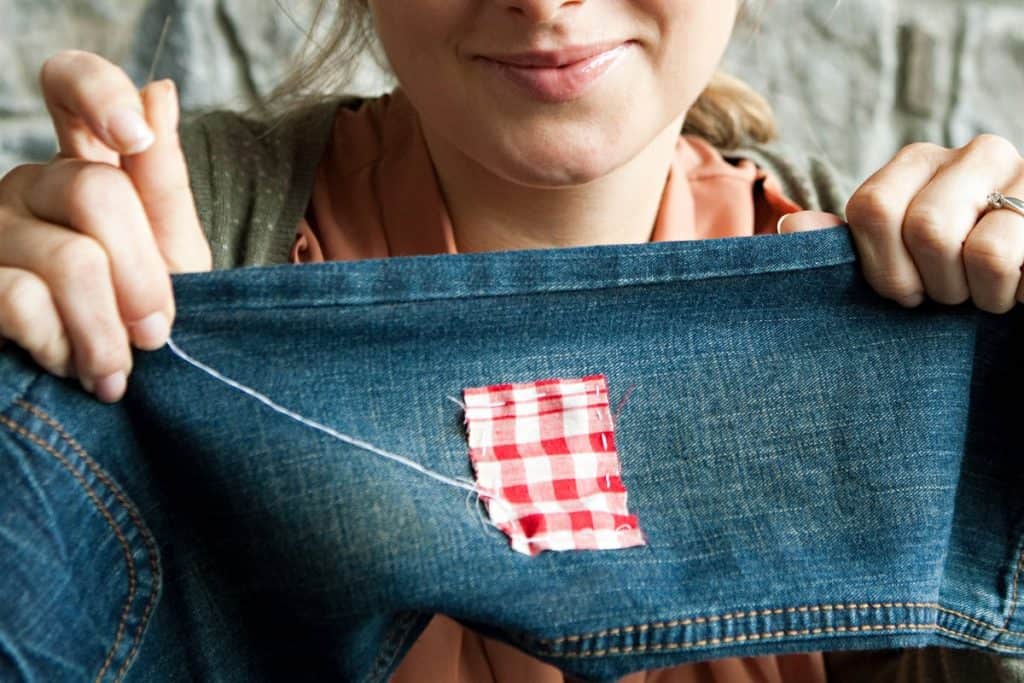Patch work is far and away one of the most cost-effective ways to make something completely unique. If you’re a brand-new seamstress or just getting started, you might feel like the world of embroidered patches is intimidating. Embroidered patches are an exceptional way to personalise your gear, corporate uniforms or backpacks. There are countless ways to customize patches and they are relatively easy to sew. You can use the custom embroidered patches as a reward for high school athletes or your backpack or jacket as a fashion statement.
We know that on clothing, embroidered patches are great for adding a unique touch to your favourite garment. But what you might not know is that there’s a big difference between sewing an embroidered patch and ironing on an iron-on patch.
There are two primary ways to add an embroidered logo or other visuals to a garment. One is with a sew-on patch, and the other is an iron-on patch. Each has its benefits and drawbacks, along with pros and cons, that make one option better than the other in certain circumstances. What will work best depends on the clothing you want to add patches and your personal preferences. Let’s take a closer look at each option so you can choose wisely.
The sewing on method is a traditional way of creating patches made out of cloth and using thread or fabric. The cloth will be raw material, and the patch’s edges will be sewn with thread. The ironing process involves using an iron to press the patch onto cloth which may cause distortion, shrinking or stretching.

Sew on Patches
Sew on patches are sewn directly into the garment – typically all around the edge line. This is the most common type of patch in the industry as it’s easy to apply and doesn’t damage the fabric. The patches are ideal for outdoor apparel as they withstand washing and wear well. They are a good choice if you’re looking for more durable patches for outdoor wear. Sew on patches are most commonly found in team sports, military, and other uniformed professions. They are also used frequently by businesses and organisations to create branded apparel that shows support for their cause. These patches are made from cotton and polyester and can be applied to various materials, including fabrics, nylon, and leather.
They are usually the most durable option, making them a great option for outdoor use or for items that require a lot of wear. They can be applied to various materials, which means you can use them on a wide range of garments. They’re also the easiest patch to apply, making them an ideal option for beginners or anyone looking for a quick and easy application. They are durable because they are made with strong materials like iron-on vinyl and sew on Velcro. They will last through lots of wear and tear, so you can be sure that your patch will look appealing for years to come. One factor that makes sewing on embroidered patches great for durability is that there are no seams. A patch without seams is less likely to fray or come apart than one with seams.
Iron-on Patches
Iron patches are a quick and easy way to add an embroidered logo or other design to a garment. They’re made of heat-activated adhesive applied to the garment. They are then pressed and held until the adhesive dries. Iron-on patches are less durable than sew-on, but they’re great for short-term or infrequent wear. Iron-on patches are the go-to option for fabrics that can’t be sewn, like spandex and neoprene. They’re also frequently used on synthetic fabrics like polyester and nylon, although a sew-on patch would likely last longer. Iron-on patches are often found on athletic wear, fitness apparel, and athletic uniforms. Many sports teams and schools also use iron-on patches on baseball caps to create team branding. Iron-on patches are also used by businesses and organisations to create branded apparel quickly.
However, there are certain precautions that you should take when it comes to iron on patches. Ironing on patches can lead to uneven edges and fraying if you’re not careful. As such, it’s important to keep in mind a few guidelines when ironing on embroidered patches. First, iron patches should be applied over cotton or polyester fabric. This will ensure that the patches won’t fray or fade away. Furthermore, using an iron with a low-to-medium temperature setting is important. Keeping in mind these few steps will help you avoid fraying your patchwork and ensure that your patch stays looking nice for the long haul.
Iron-on patches are not as durable as sew on patches and tend to wear out faster, especially on thinner fabrics. This is especially the case if the garment is machine washed and dried. Like sew-on, iron-on patches can be applied to a wide range of materials, but you’ll want to double-check that the adhesive won’t damage the garment. The adhesive used in iron-on patches is strong and can damage some fabrics over time.

What’s The Difference Between Sew-On and Iron-On Patches?
Both embroidered patches are made from similar materials and have similar applications. Both can be used to create logos or other designs on garments, but there are a few key differences between them. Sew on patches are meant for fabrics and materials that can be sewn. They can be applied to a wide range of materials, but the longevity of the patch will vary depending on what it’s sewn into. Iron-on patches, however, are made for fabrics that can’t be sewn or for easy applying by other people. This includes materials like spandex, neoprene, synthetic fabrics like polyester and nylon, and even some more durable fabrics like cotton. Iron-on patches are meant for a single application. Once applied to a garment and removed, they can’t be used again.

Which Option Is Best for You?
There’s no one type of embroidered patch that’s ideal for every situation. It’s often most beneficial to use a combination of both types of patches. One option that can be helpful is to add a sew-on patch in a high-wear area like the back of a baseball cap and then add an iron-on patch to areas that see less wear. Doing this allows you to get the best of both options. It’s also important to consider the type of garment you’re adding patches to. If you’re applying patches to athletic wear, you’ll want to ensure they’re suitable for machine washing. If you’re applying patches to uniforms, ensure they comply with any local or state regulations that dictate what can be worn. You can create the perfect apparel for your team or organisation with little planning.

Conclusion
Two main types of patches can be used to add designs to clothing: sew-on patches and iron-on patches. Sew on patches are the most popular option in the industry, as they are easy to apply, don’t damage the fabric, and are available in various colors and materials. Iron-on patches are also great to have on hand, especially for clothing that can’t be sewn. These are quick and easy ways to add an embroidered logo or other design to a garment. Just place them over the garment, press, and hold until they’re firmly in place. Iron-on patches are often less durable than the sew-on ones and tend to wear out faster, especially on thinner fabrics.

